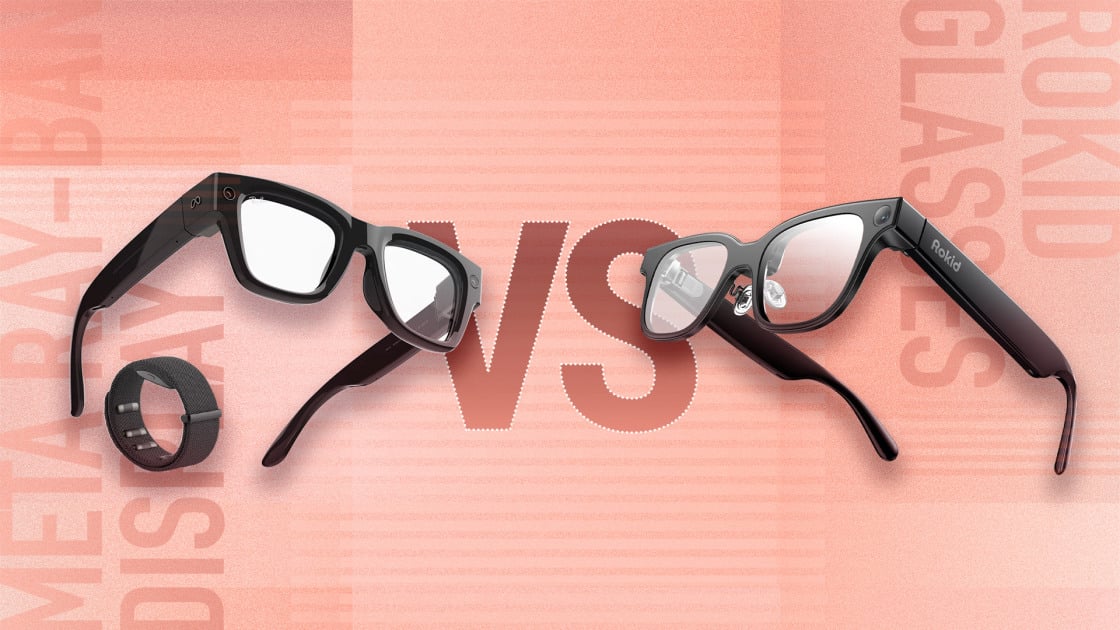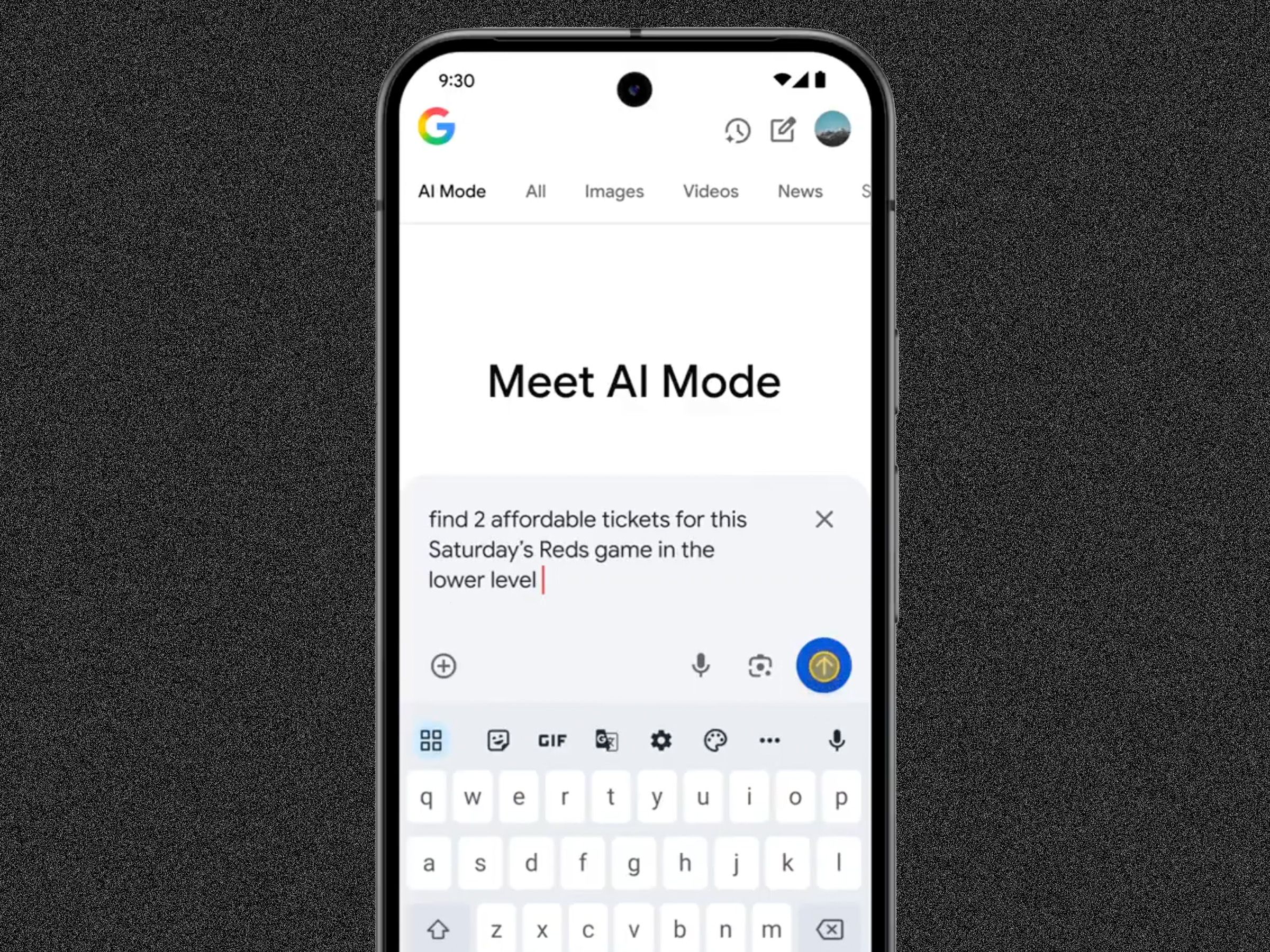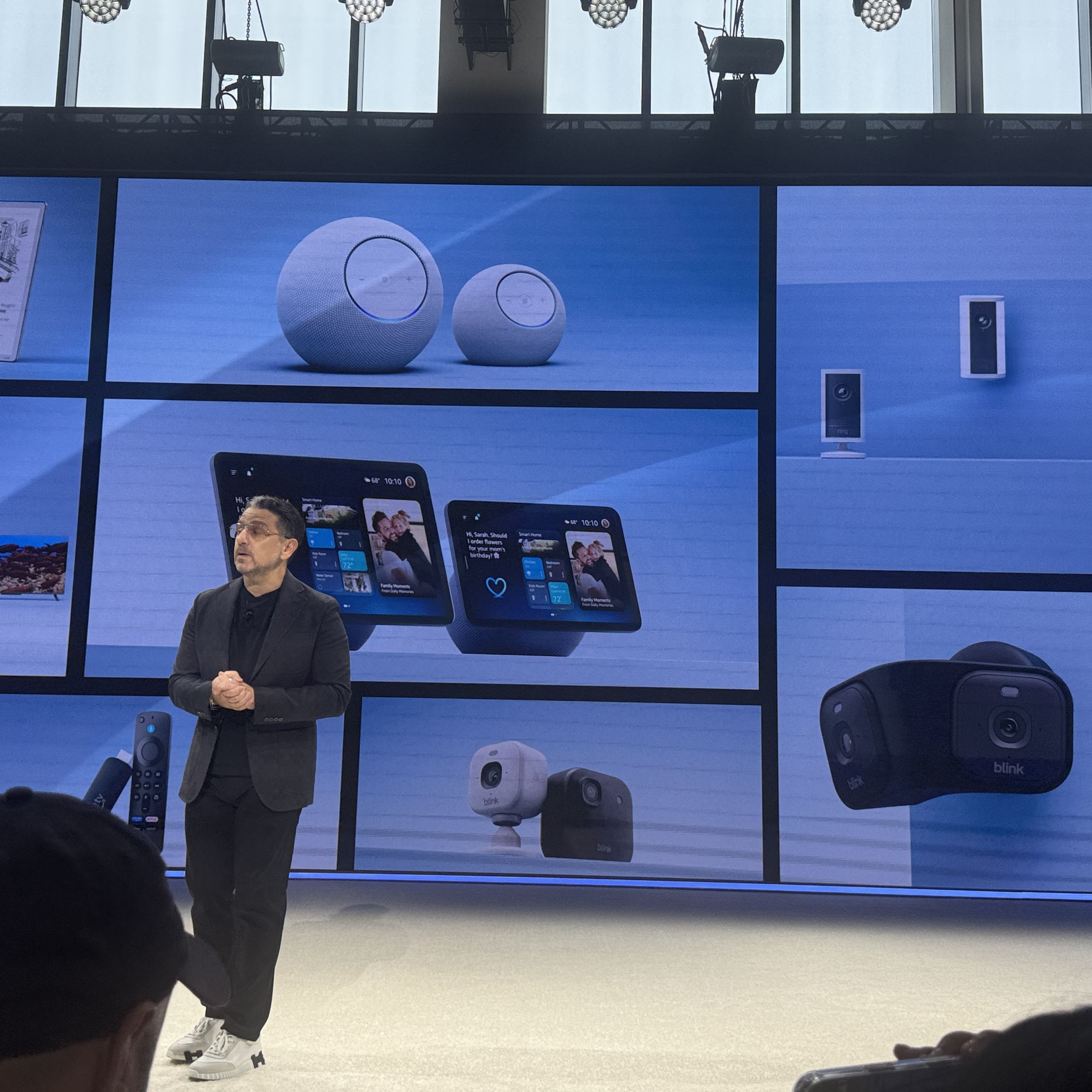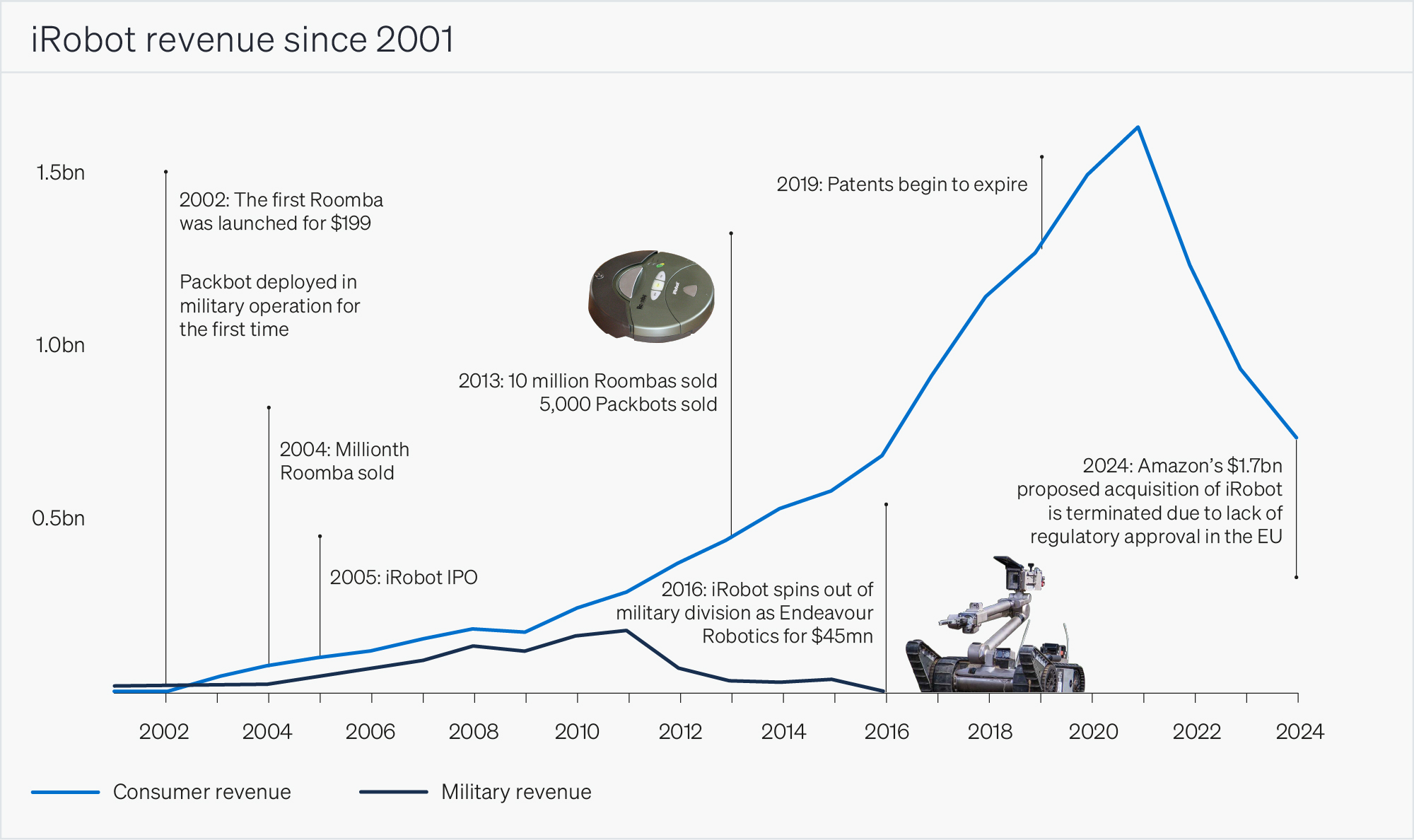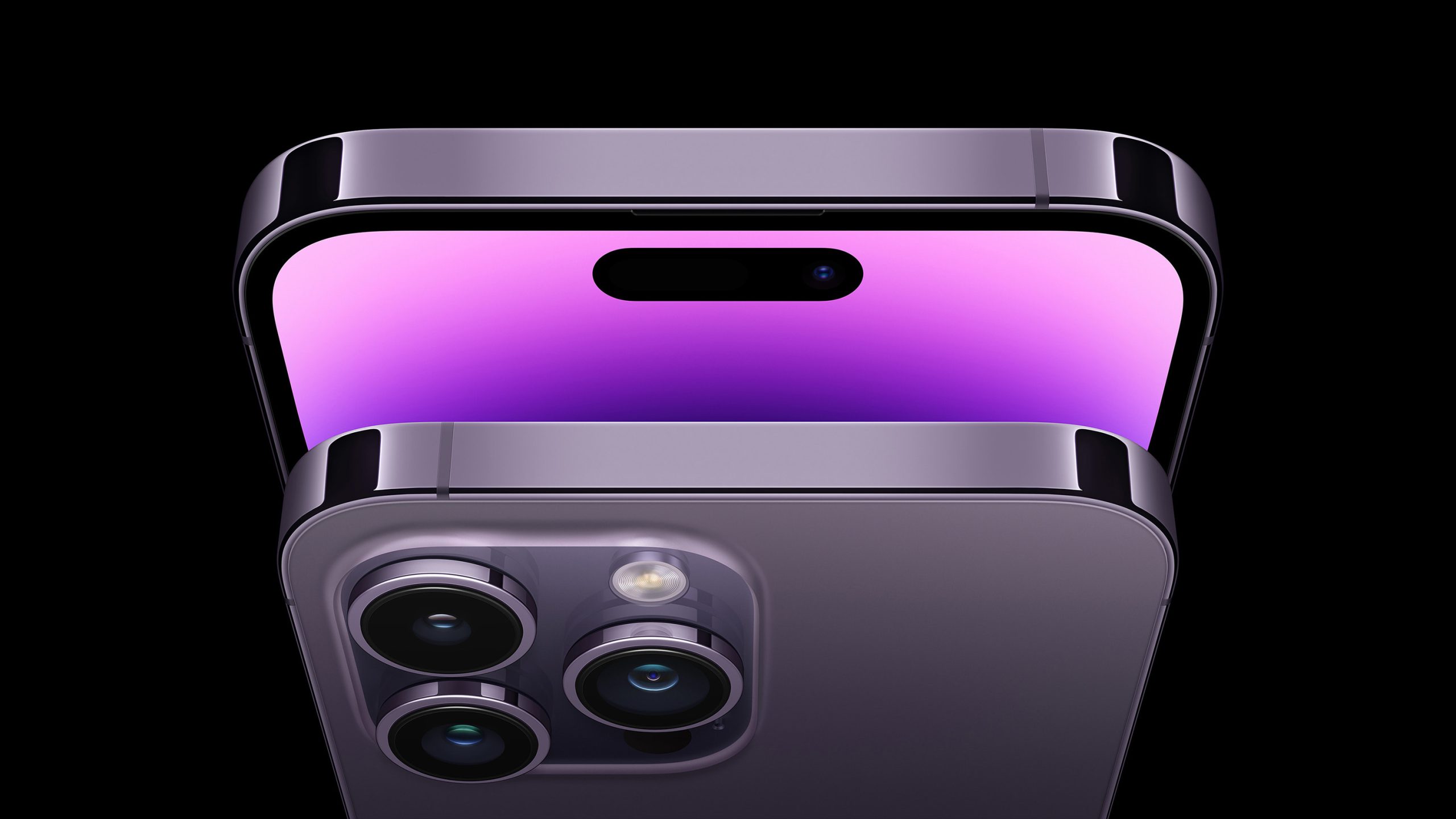iOS 26.2 Home App Unveils Improved Capabilities for Accessory Addition
Apple is speculated to unveil five new Home products in the coming year, indicating a renewed commitment to smart home technology. In accordance with this effort, iOS 26.2 has brought forth a notable improvement designed to make the addition of new accessories easier.
### Multipack Accessories Can Be Configured More Rapidly Than Ever in iOS 26.2
The landscape of smart homes has experienced both progress and obstacles over the past ten years. While certain prominent manufacturers have encountered difficulties, platforms like Matter have improved the compatibility of smart home devices. Apple has also taken steps to simplify the setup process for its products.
With the launch of iOS 26.2, Apple has enhanced the setup experience, particularly for users acquiring packs of accessories sold together. As stated in Apple’s official release notes, the Home app now supports multipack accessory pairing, allowing users to use the same setup code to register multiple accessories at once.
The tendency to purchase several smart home devices from different manufacturers can result in challenges. Many users now favor a more cohesive approach, choosing the same brand throughout their residences. For example, whereas a variety of smart plugs was once acceptable, a consistent selection is generally easier to manage.
As the festive season draws near, those intent on improving their smart home experience might look at buying accessories in multipacks. For instance, a 4-pack of HomeKit smart plugs could be a handy choice. Thanks to the advancements in iOS 26.2, the setup process for these accessories will be swifter and more efficient than ever.
What are your favorite HomeKit accessory brands? Feel free to share your opinions in the comments.
Read More

